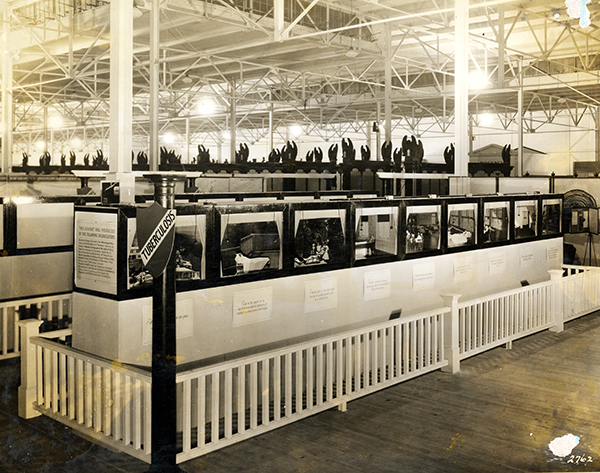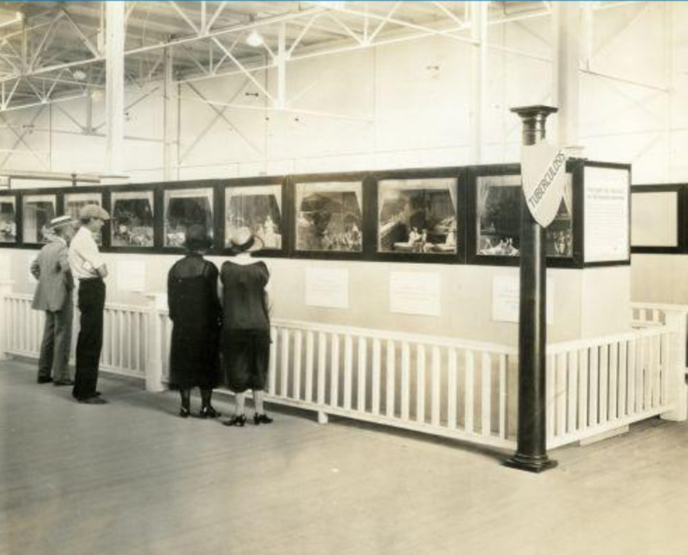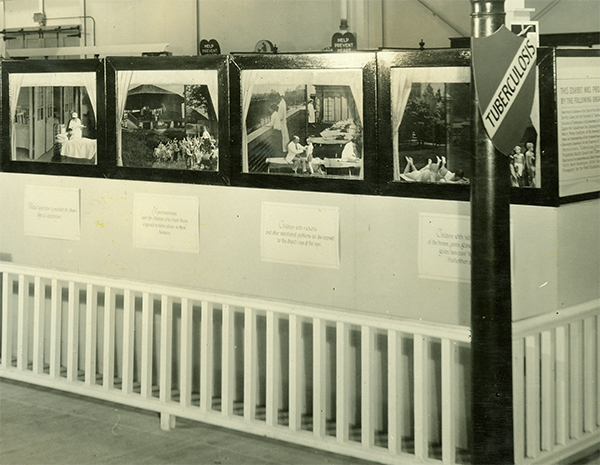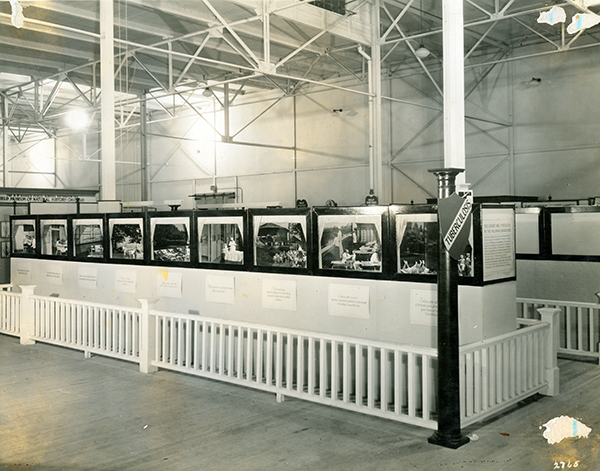In the first decade of the 20th century, deaths from tuberculosis in Philadelphia spiked at more than 250 per 100,000. By the end of the 1920s, that rate plummeted to 80 per 100,000.
(Nearly a century later, tuberculosis is no longer a leading cause of death in the United States. Worldwide, the current annual mortality rate remains just over 16 per 100,000. The tuberculosis mortality rate in the United States is .2 per 100,000.)
What brought about such dramatic change? Left untreated, the mortality rate for tuberculosis was greater than 50%. Treatments with vaccines and (eventually) antibiotics had significant impact. Improved interventions included testing, tracking and surveillance. Public health professionals advocated for improvements in living conditions including the construction of sanatoriums for thousands of patients. In all, a rising emphasis for widespread public education created and deepened an effective culture of health.

On June 6, 1926, a week after the opening ceremonies of Philadelphia’s second world’s fair, the Inquirer published an article with the headline “Tuberculosis Work Exhibited At Sequi.” It described a large and comprehensive display produced by Dr. Isador Kaufman of the Kensington Dispensary and the Phipps Institute. The exhibit, strategically positioned near the entrance of the Palace of Education and Social Economy illustrated many “approved forms of treatment and care” and focused on an array of preventative measures.
The exhibit presented eighteen “electrically lighted, attractively decorated ” glass-fronted cases, each “three and a half feet long, two feet eight inches high and two feet six inches deep.” Each case included a “photographic background and enlarged, mounted figures to supply the action.” Each of the eighteen was devoted to a different phase “of treatment and preventive work.”

In four parts, the sanatorium section showed a patient taking the rest cure, a second engaged in occupational therapy a third illustrated the importance of recreation, and a fourth in the role of nutrition, based at the sanatorium’s dining room.
Another cluster introduced “dispensary work, illustrating doctors and nurses at work on patients receiving instruction in the work of the visiting nurses.” Another case showed “open air schools and outdoor camps for children suffering from tuberculous.
“The section devoted to the work of hospitals [showed] a ward, an operating room depicting the pheumothorax [sic] treatment … preventive measures in hospital cases and sanitation.” Yet another section was “devoted to experimental work [showing] the modern laboratory.”
Charts and figures illustrated “the drop in tuberculosis death rate in the United States during the past twenty years” and related statistics.
The exhibition also featured “a graphic demonstration of heliotherapy” a/k/a the “sun cure,” as practiced at the Sun Cure Cottage at the Chestnut Hill Home for Consumptives.
Each case was explained “with a suitable placard stating in plain language the meaning of each individual exhibit.” These brief statements were written by authorities in the field. Each provided “easily understandable… additional details…”

According to the Inquirer, “the rapid development of the tuberculosis movement during the last twenty years, and its remarkable success in decreasing the death rate…” enabled such an exhibit with “greater scope and appeal” than might be seen “at any previous World’s Fair.”
For more about tuberculosis in Philadelphia: here and here.

